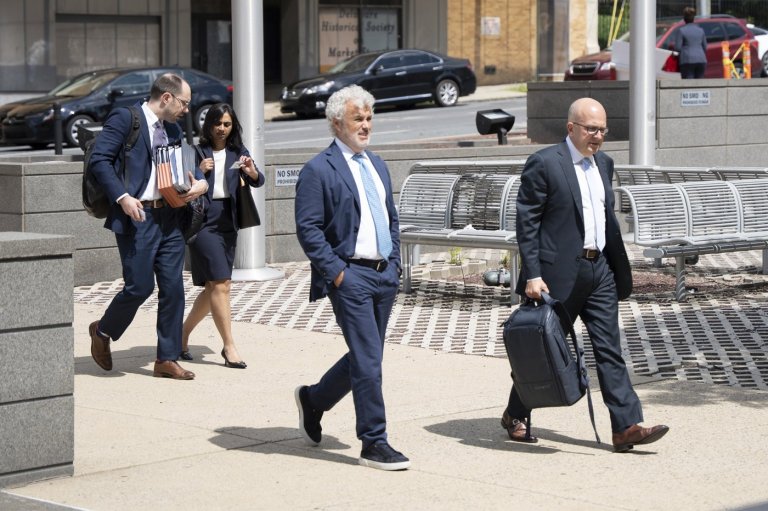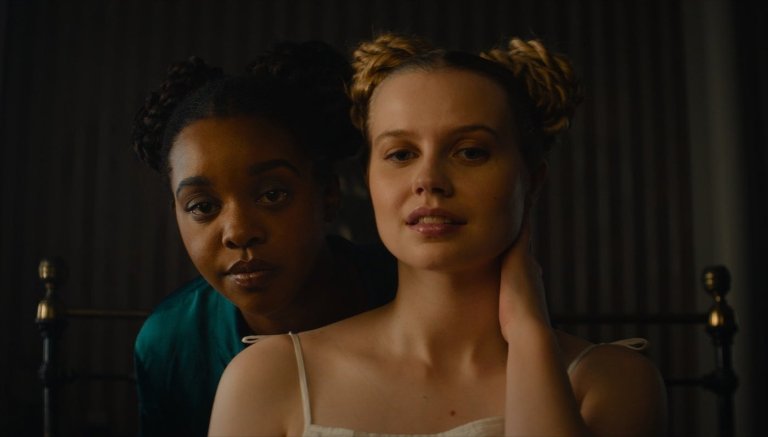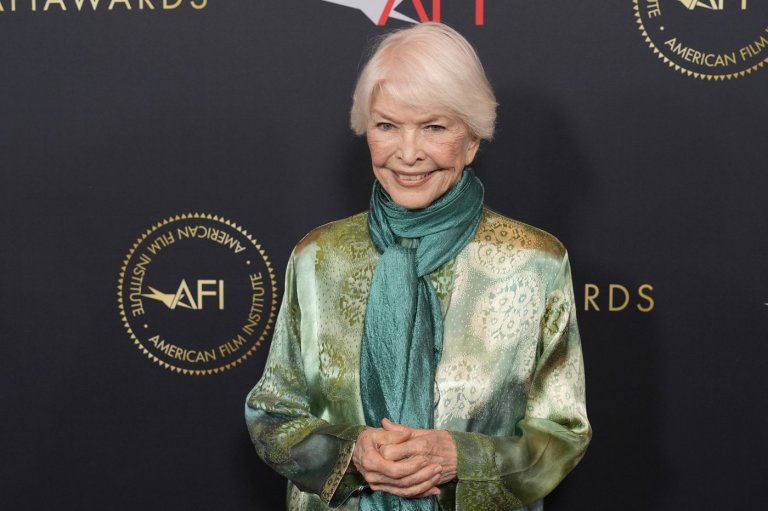Real-time musical duet of musicians hundreds of miles apart gets ovation
PHILADELPHIA – Technology that allows musicians in different places to perform together in real-time was dramatically demonstrated Tuesday in Philadelphia, where a violinist and cellist hundreds of miles apart played a duet as if they were on the same stage.
More than 600 engineers, researchers and scientists jumped to their feet and cheered after the performance at the Internet2 fall member meeting at a downtown hotel.
Violinist Marjorie Bagley, on stage in Philadelphia, and cellist Cheng-Hou Lee, projected on a video screen in DeKalb, Ill., performed the tricky Handel-Halvorsen Passacaglia for cello and violin to show off LOLA. That’s the nickname for the low-latency audio and videoconferencing software developed by researchers from the G. Tartini Music Conservatory in Trieste, Italy, and the Italian Research & Education Network.
Bagley said afterward that the long-distance duet didn’t seem that way when she was performing.
“It feels very up close and personal,” she said.
LOLA reduces transmission delays, or latency, to roughly 35 milliseconds. To the musicians’ ears, that’s like being on the same stage. Typical delays on current audiovisual networks can be more than 200 milliseconds — far too long for collaborations that need to be in perfect sync with the most subtle aspects of a musical performance.
The technology is creating “a global conservatory enabling our students … access to artists, coaches, mentors around the world,” said Roberto Diaz, president of the Curtis Institute of Music in Philadelphia, which has begun working with LOLA.
“This breakthrough … has for us in the music industry really set us off in thinking about amazing possibilities,” he said.
Anyone hoping to use LOLA for jam sessions with their buddies across town, take note: This technology only operates on Internet2, a university-backed network providing high-speed bandwidth to research and educational institutions in the United States.
The Internet people use to check Facebook and watch YouTube cat videos is too busy and slow for LOLA to function. The lightning-fast technology, however, has potential applications beyond the musical world by helping people far from one another communicate as if they were in the same room, said Dan Nichols, an Internet2 multimedia specialist at the Northern Illinois School of Music.
“Latency is not just an impediment to musical interaction; latency is an impediment to human interaction,” he said. “I look forward to seeing other interactions taking place between people in all fields, all lines of work, using software like this.”
Join the Conversation!
Want to share your thoughts, add context, or connect with others in your community? Create a free account to comment on stories, ask questions, and join meaningful discussions on our new site.













Leave a Reply
You must be logged in to post a comment.